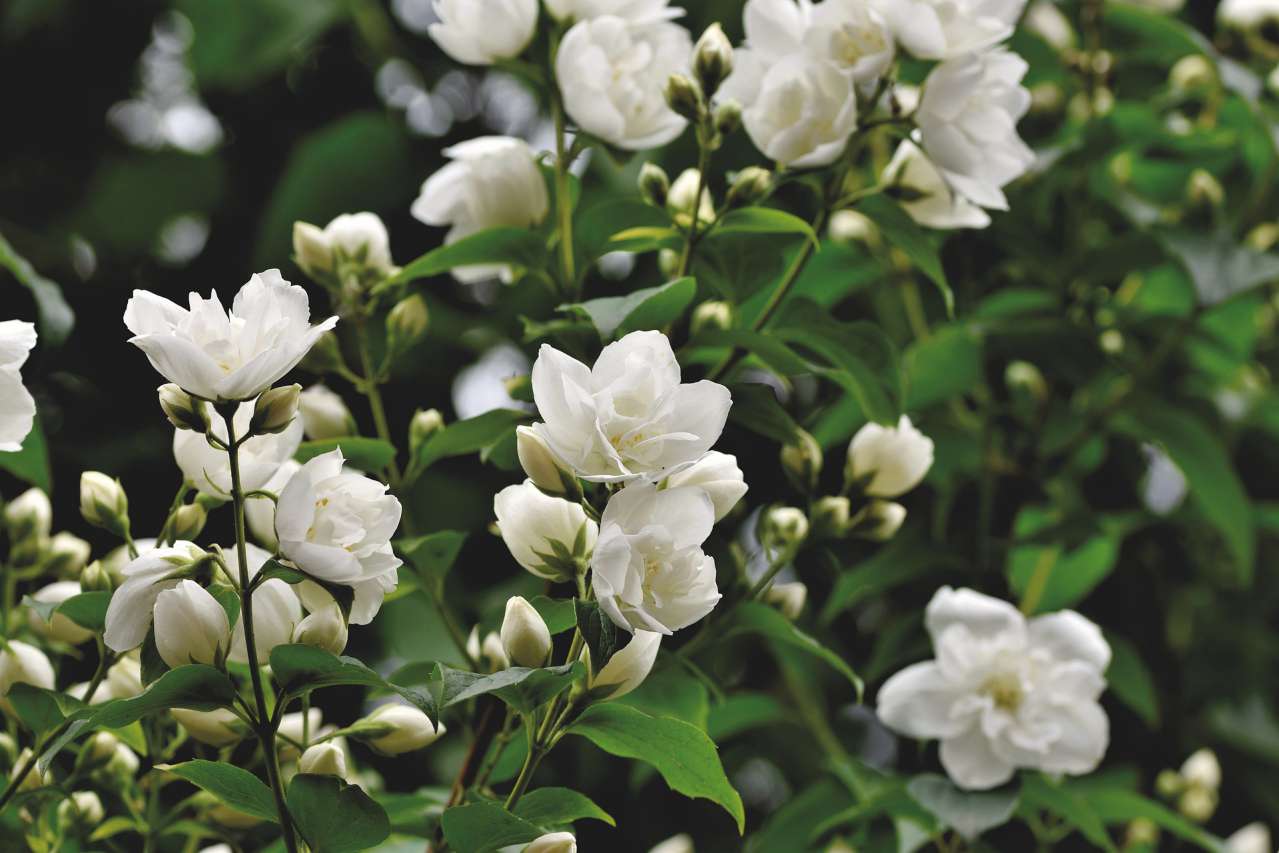Beautiful Plants: How to Grow Jasmine

Jasmine is a beautiful shrub with white fragrant flowers that is used to make tea. In the article we will talk about the features of care and cultivation.
Where jasmine loves to grow
Garden jasmine is very fond of open sunny places. There it will bloom luxuriantly and profusely. It can grow in partial shade, but in this case, its flowers will be smaller. Jasmine does not like close occurrence of groundwater, so it cannot be planted in lowlands where melt and rainwater stagnate.
What land is needed for jasmine
Jasmine needs soils that are light, loose, rich in organic matter, well permeable to oxygen to the roots, with a neutral reaction of the environment (pH 7.0). Jasmine will not grow in acidic soils, so neutralize the area where you plan to plant it in advance.
How often should jasmine be watered
We recommend watering the flower with warm, settled water, this procedure is carried out 3-4 times a week, allowing the top layer of soil to dry before subsequent moistening. In autumn and winter, watering is reduced to 1-2 times a week. The most important thing is to prevent excessive waterlogging and stagnant water.
How to feed jasmine during budding
To feed the mock orange in the spring, nitrogen is used, which is contained in manure, bird droppings and humus. In early spring, under adult plants, you can add one bucket of mature compost or rotted manure. After flowering, ash and superphosphate are added under each bush when digging.
